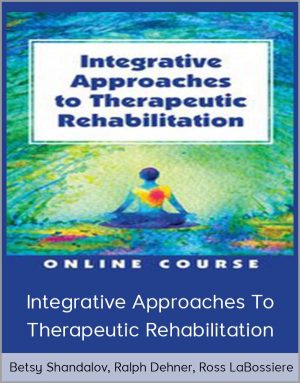-
1 × $90.00
-
1 × $25.00
-
1 × $30.00
-
1 × $150.00
-
1 × $95.00
-
1 × $30.00
-
1 × $59.00
-
1 × $5.00
-
1 × $4.00
-
3 × $47.00
-
2 × $15.00
-
1 × $95.00
-
1 × $70.00
-
2 × $40.00
-
2 × $29.00
-
2 × $10.00
-
1 × $142.00
-
2 × $80.00
-
3 × $40.00
-
1 × $11.00
-
1 × $230.00
-
1 × $20.00
-
1 × $70.00
-
1 × $167.00
-
1 × $50.00
-
2 × $57.00
-
1 × $167.00
-
1 × $45.00
-
1 × $20.00
-
1 × $100.00
-
2 × $27.00
-
1 × $15.00
-
1 × $75.00
-
1 × $40.00
-
1 × $50.00
-
1 × $35.00
-
2 × $200.00
-
1 × $40.00
-
1 × $70.00
-
1 × $5.00
-
1 × $20.00
-
1 × $200.00
-
1 × $90.00
-
1 × $20.00
-
1 × $65.00
-
1 × $127.00
-
1 × $25.00
-
1 × $40.00
-
1 × $50.00
-
2 × $92.00
-
1 × $200.00
-
1 × $70.00
-
1 × $40.00
-
1 × $55.00
-
1 × $60.00
-
1 × $67.00
-
1 × $20.00
Christine Winter-Rundell – Vision Rehabilitation
$20.00$59.99 (-67%)
If you are seeing patients with brain injury, vision should be a part of the rehabilitation.
Christine Winter-Rundell – Vision Rehabilitation

Check it out: Christine Winter-Rundell – Vision Rehabilitation
If you are seeing patients with brain injury, vision should be a part of the rehabilitation. The majority of the hardwiring of the brain involves the visual pathway, so it is very common to experience a visual problem after a brain injury or concussion. In fact, over 50% of patients with neurological impairments exhibit visual and visual-cognitive disorders. This number is near 90% for those who are recovering from a concussion. If visual deficits do exist, they can result in significant difficulty with reading, mobility, and balance, which can prevent your clients from returning to their baseline level of function and independence. Fortunately, neuroplasticity of the visual system exists, and after learning about basic neuro-anatomy, you will be able to accommodate the needs of these patients more effectively.
OUTLINE
Neuro-Anatomy Review
- Magnocellular versus Parvocellular
- Right brain versus Left brain
Visual Sequelae After Brain Injury
- Lobe-by-lobe visual function
- Unilateral Spatial Inattention (Neglect)
- Testing methods
Neuroplasticity of the Visual System
- Is there a critical period for visual development?
- Sue Barry, Fixing My Gaze, and vision therapy
- Brain injury and concussion
Concussions
- Post-Concussional Syndrome
- Pre-Concussion Baseline Screening
Therapeutic Activities: Demonstrations
- Relearning basic eye tracking; saccades and pursuits
- Eye teaming and convergence; the brock string
- Visual processing games and activities
OBJECTIVES
- Discuss basic neuro-anatomy as it relates to visual function.
- Demonstrate screening techniques and therapeutic activities specific to brain injury.














































































































